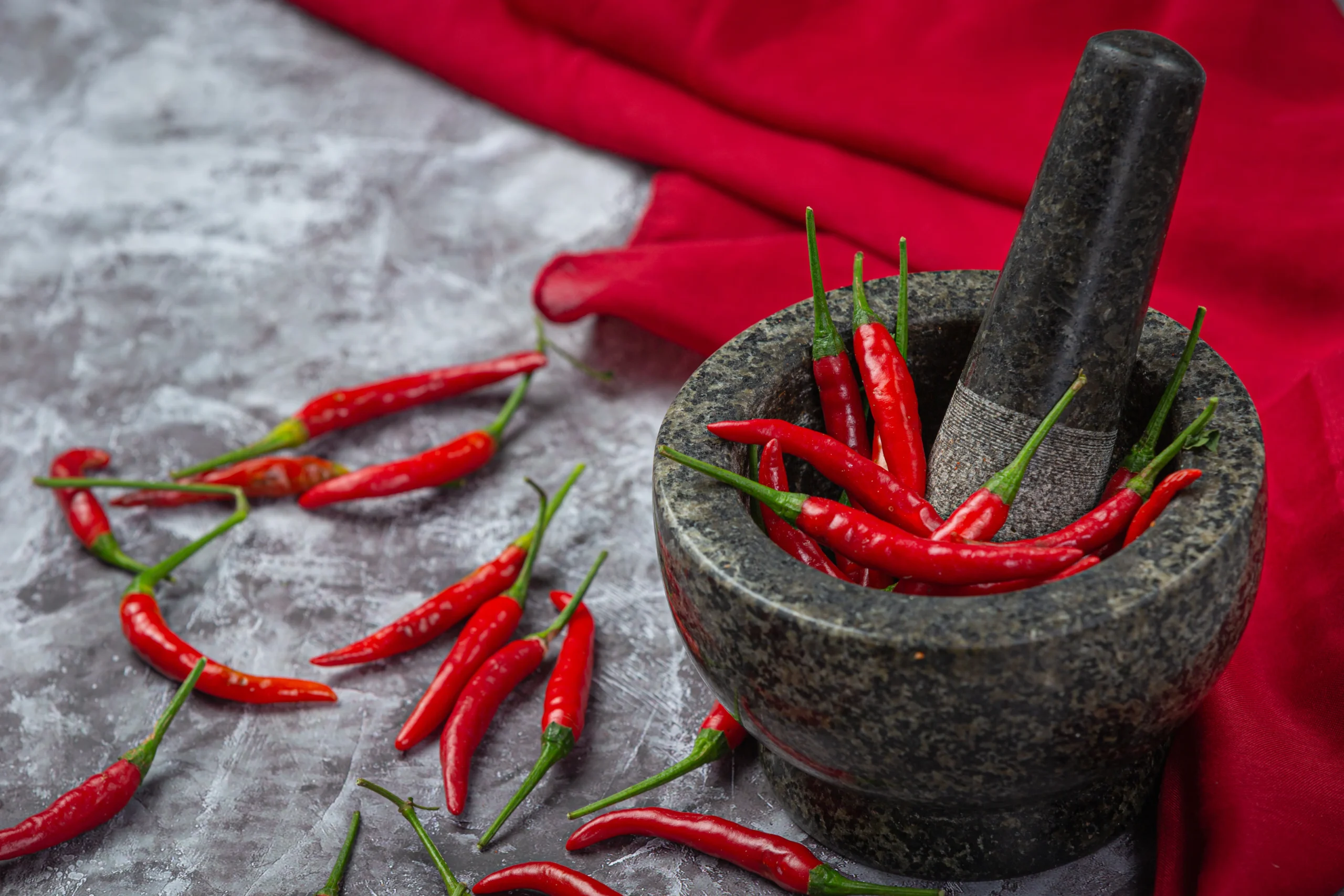Introduction
The Tale of a Forgotten Chili
Once upon a time, in the sun-kissed valleys of South America, a small village was home to a rare and fiery treasure, the penosia chilli. Known only to a few generations of local farmers, this chilli was said to carry the spirit of the land in every bite. Its unique blend of heat and flavour made it a secret ingredient in traditional dishes passed down through centuries. Today, the pension chilli is slowly gaining recognition beyond its humble origins, captivating chefs and food lovers worldwide with its distinctive taste and cultural significance.
What is Penosia Chili?
Origin and History
The pension chilli originated from a small region where the climate and soil created the perfect conditions for this chilli pepper to thrive. It has been cultivated for generations, largely unknown outside its native region. Farmers treasured it not only for its taste but also for its medicinal properties, often used in folk remedies.
Physical Characteristics
This chilli is medium-sized, with a deep red colour when ripe. Unlike other chillies, penosia chilli has slightly wrinkled skin and a unique aroma that hints at smoky and fruity undertones. Its heat level is moderate but balanced, making it suitable for both spice lovers and those new to chilli peppers.
Culinary Uses of Penosia Chili
Traditional Recipes
Locals use penosia chilli in a variety of dishes—from hearty stews to spicy sauces. One popular dish is a slow-cooked meat stew, where the chilli adds a rich, warm heat that complements the tender meat perfectly. Its smoky notes enhance the flavour without overpowering the dish.
Modern Gastronomy
In recent years, chefs worldwide have started experimenting with penosia chilli. It’s featured in gourmet dishes, infused oils, and even spicy desserts, showcasing its versatility. The chilli’s unique flavour profile pairs well with chocolate, citrus, and even seafood.
Health Benefits of Penosia Chili
Nutritional Profile
The penosia chilli is rich in vitamins A and C, antioxidants, and capsaicin—the compound responsible for its heat. These elements contribute to boosting the immune system, improving metabolism, and reducing inflammation.
Medicinal Uses
Traditional medicine often uses penosia chilli to relieve pain and improve digestion. Modern studies suggest capsaicin has therapeutic effects, supporting some of these ancient claims.
How to Grow Penosia Chili
Climate and Soil Requirements
Growing penosia chilli requires a warm climate with well-drained soil. It thrives in sunny environments, needing moderate watering and protection from pests.
Cultivation Tips
Starting from seeds, growers should plant the chilli in rich soil and ensure consistent temperature control. With proper care, plants will produce fruit in about 90 days, rewarding gardeners with vibrant, flavorful chillies.
Conclusion: Embracing the Penosia Chili Legacy
From its humble beginnings in a remote village to its growing global presence, the penosia chilli embodies a rich heritage of flavour and tradition. Its unique taste, culinary versatility, and health benefits make it a prized ingredient worth exploring. Whether you’re a home cook or a professional chef, incorporating penosia chilli into your dishes opens a gateway to a world of bold, authentic flavours. Have you tried the magic of penosia chilli in your kitchen yet?





